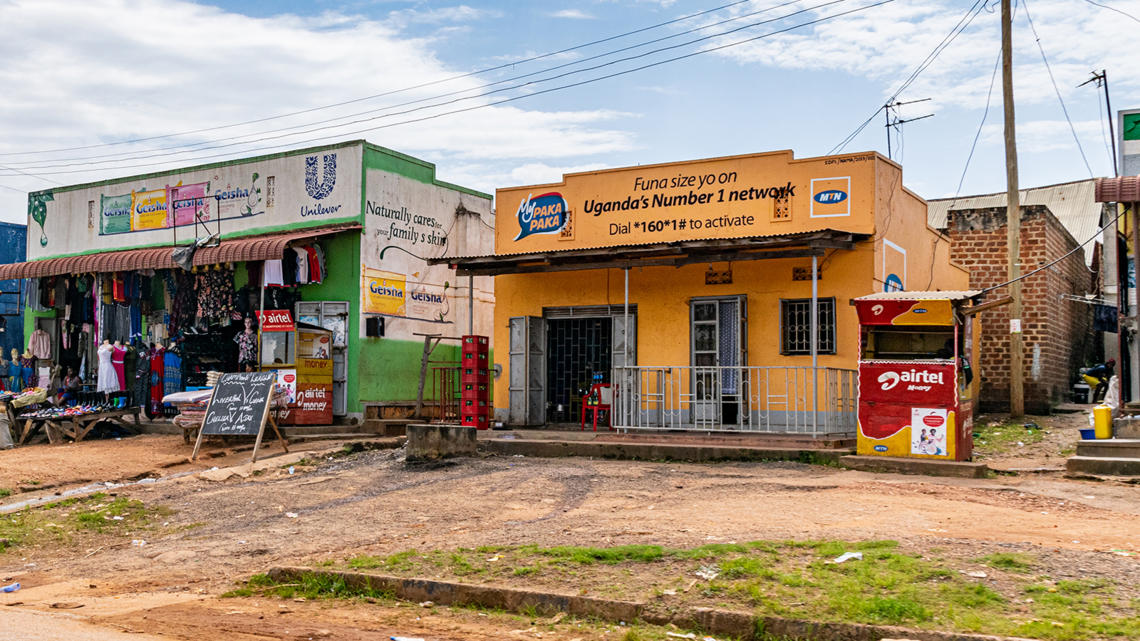Electricity drives economic development. But uptake of ‘productive use of energy’ (PUE) – energy that can help community-level businesses increase their income and productivity – is not yet happening at any scale in rural parts of sub-Saharan Africa.
To get the energy they need to grow their businesses, communities need money. So what finance paths are available?
Typically, micro, small, and medium enterprises (MSMEs) are averse to taking on debt and rely on savings and loans from family and friends. A few are willing or able to secure loans from financial institutes. Cooperative models with a savings element and standalone savings groups are common, for example with ‘merry-go-round’ lending or table banking.
Women’s savings groups are popular and help women access money in places where land ownership for collateral is mostly held by men. The loan amounts are relatively small and savings group members have to wait their ‘turn’ for a loan – although this is changing with progressive schemes such as Women Concern in Kenya.
Electrical appliances also need funding. Savings, small loans or mobile money can cover small appliances such as lighting, mobile phones or small solar systems. Larger appliances are a bigger challenge – a good quality milling machine, for example, requires a US$1,000-2,500 loan.
A few leading mini-grid developers like JUMEME in Tanzania offer technical and financial support to spur PUE, but most developers see their role limited to providing electricity.
Schemes supporting community business
Finance is not the only barrier and emerging pilot programs are providing business, strategic and technical support to help grow PUE.
In Benin and Senegal, Energy4Impact links and supports women entrepreneurs, microfinance institutions and equipment distributors to build skills and business models through a range of services including due diligence, market studies, loan guarantees or mentoring.
With E4I, CrossBoundary is supporting companies to uncover positive trends around tariff and appliance subsidies, where tariffs and appliance costs are subsidized to build demand with a view to ultimately phasing the subsidies out.
The demand is there. But more work is needed across different contexts, and to unpack and understand community businesses’ nuanced needs, beyond tariff and appliance costs.
The IIED-Hivos Energy Change Lab program in Tanzania has been working with partners at ground level, prototyping different approaches to build community business capacity and access to finance – including partnering with the Small Industries Development Organisation and the Vocational Education and Training Authority to deliver technical support to energy projects and MSMEs in rural communities, with an eye towards scale.
Beyond the energy sector, other schemes are supporting community-level businesses. For example, Tanzania’s National Economic Empowerment Council – a government umbrella organization – supports entrepreneurs through entrepreneurship funds, capacity building, and business hubs that provide training and mentoring. This includes helping businesses get on their feet and prepare business plans to obtain loans.
But these services are limited by geography and the size of MSMEs they can serve. Individuals and micro-businesses are expected to self-organize into groups – which can present governance challenges.
Knowledge of available fund types and willingness to apply can also be a challenge. Many micro-businesses in Tanzania look for start-up loans (in cash) but are unaware of other support available – including guarantee funds that could help them get up to 60% of the collateral banks required to access more funds. They also don’t necessarily apply for PUE equipment which could further strengthen their business case.
Other loan schemes targeting sectors such as agriculture have different lending criteria and risk appetites, but specifically target loans for PUE equipment. EFTA in Tanzania lends to farmers with zero collateral requirements. It provides business support services, but farmers must have at least 100 acres (PDF) and loans start from £8,600 – too high for most small-scale farmers.
So, there are issues of loan sizes – some too small, others too big. Collateral requirements and risk appetites differ by sector and lender, and businesses themselves have different demands and varying knowledge of the many schemes available.
Impacts of COVID-19
Added to these challenges, we must wait to see the long-term impacts of COVID-19 on micro-businesses at community level. Many last-mile energy distributors are coping short-term by conserving cash and trying to maintain customer communication – but need urgent support (PDF). And while keeping providers afloat is key, it is equally critical that the relief effort does not overlook microbusinesses.
Solar lighting provider d.light is providing struggling customers in Uganda, Nigeria and Kenya with ‘relief tokens’. Beyond the energy sector, others including the International Finance Corporation are supporting MSMEs through a COVID-19 relief loan fund – but with minimum loan sizes of $10,000, the amounts are too big for community-level micro businesses.
Understanding the needs of community businesses
Support for micro-businesses that use PUE – or that could with a little help – remains limited. Relief funds are being promised as part of efforts to ‘build back better’ and herein lies opportunity. Energy providers can be more proactive in supporting businesses to use PUE but require a cross-sectoral approach.
Nuanced needs of micro-businesses need to be better understood and targeted. For example, businesses operating from households where farming is also an income stream would assess equipment, risks, and borrowing differently to larger standalone businesses.
To understand the finance needs for businesses using PUE, and the opportunities for unlocking upstream finance, the IIED-Hivos Energy Change Lab partnered with six energy providers in Tanzania to conduct a community business survey and to interview other stakeholders in finance supply chains that could benefit community businesses. We’ll be publishing the findings next month.
This article was originally published by the International Insitute for Environment and Development (IIED).


